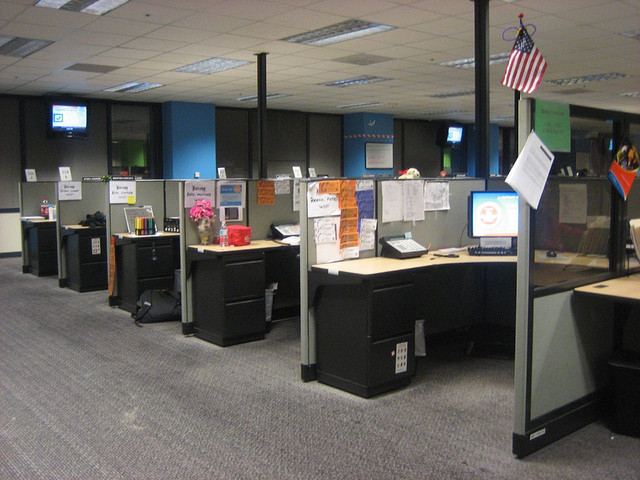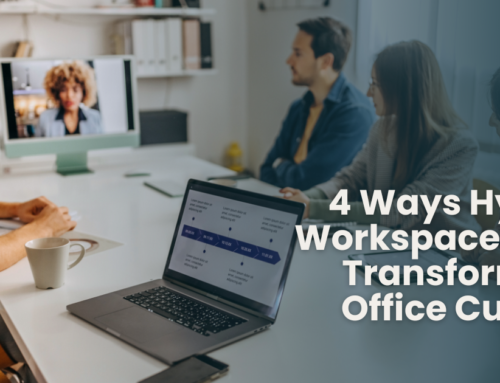Open workplaces – where companies eschew cubicles for more collaborative spaces – are becoming more common, however there are still some companies that prefer a more traditional, closed set-up. (Think offices and cubicles.) The following are some pros and cons of each format:
Open workplace design:
- Some workers value the sense of community and dialogue that an open work environment creates
- An open workspace reduces feelings of loneliness or feeling closed in
- Employees feeling more engaged and “in the know” in this type of setting
- This set-up is often attractive to Millennial workers, so it can be a recruitment tool
- Employees report uncontrolled interactions, higher levels of stress, and lower levels of concentration and motivation
- Sickness can spread more quickly in this set-up
Traditional (closed) workplace design:
- This format is conducive to privacy, as employees feel more secure with walls
- There tends to be less noise, which can boost productivity
- This format appeals to older generations who have a lot of experience to offer
- Employees can feel a false sense of privacy, which can get them into trouble (think hours spent on Facebook)
- Creative types can feel stifled in this environment
- Employees can get caught up in status, as those with an office are often viewed as more valued
In short, the ideal work space set-up will depend on the nature of your business and employee preferences. There is no right or wrong set-up. It’s up to you to determine what will work best for your company. Some companies leave it up to the employee to determine their environment based on the nature of the work, space requirements and personal style.





